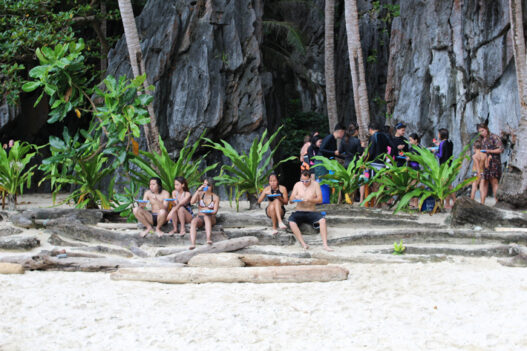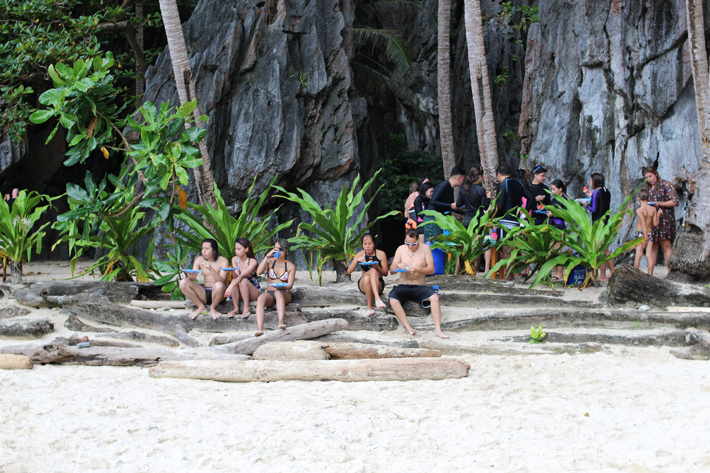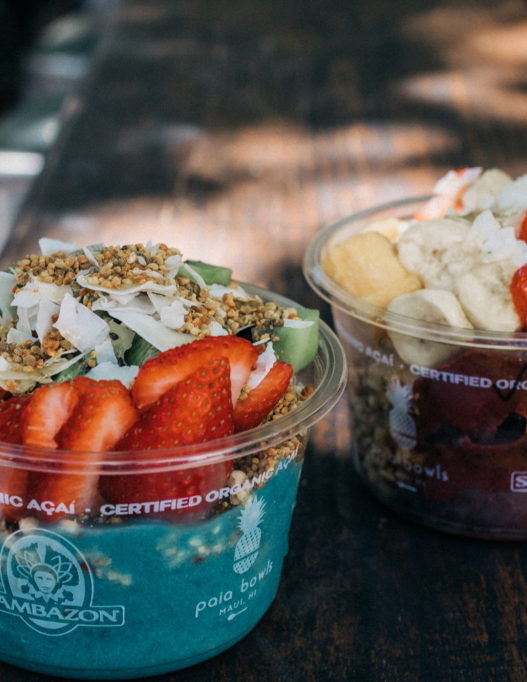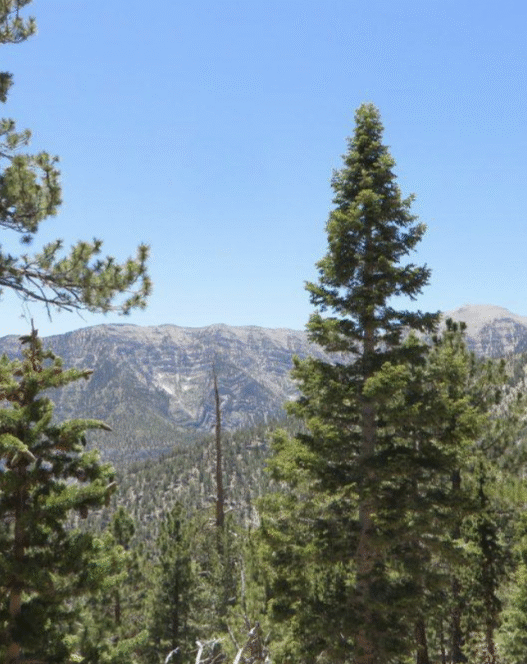Tired of the typical island-hopping itinerary? More travellers are now looking for meaningful ways to engage with locals in the Philippines. Whether you're backpacking through Palawan, volunteering in rural villages, or working remotely as a digital nomad, immersive travel in the Philippines starts with staying connected.
That's why I always recommend setting up an eSIM for the Philippines before you land – so you can book local tours, join community events, or message your host family without scrambling for a local SIM.
But in recent years, something's been shifting.
Instead of just chasing sunsets on Palawan or snapping selfies in front of Chocolate Hills, more travellers, especially long-term visitors and digital nomads, are digging deeper.
Take Bohol, for example. Sure, it's known for its iconic landscapes, but there are also plenty of unique things to do in Bohol that go far beyond the usual route. Think countryside bike tours, river paddling with locals, or learning to make traditional crafts..
This shift isn't just about having a “different” experience – it's about creating more meaningful travel memories, and in many cases, giving back to the places we're lucky enough to explore.
So how are travellers actually doing this?
4 Ways To Engage With Locals In The Philippines
1. Festivals & Cultural Events
With over 7,000 islands to explore and an easy entry process (thanks to the eTravel Philippines pass), it's no wonder the country consistently ranks high on Southeast Asia travel bucket lists.
There's no better way to feel the energy of the Philippines than by being a part of the celebration! Better still, the Philippines is famous for its colorful festivals that take place throughout the year.
For example, the Sinulog Festival in Cebu (every January) is one of the biggest and boldest celebrations in the country. Originally a religious event honoring the Santo Niño (Child Jesus), it's now a week-long street party with dazzling parades, rhythmic drums, traditional dances, and plenty of confetti. Don't be surprised if you get pulled into a dance circle or find yourself covered in face paint!
Over in Bacolod, the MassKara Festival (October) is all about smiling through adversity — quite literally. The festival was born in response to economic hardships in the 1980s and created as a way to uplift the community. Its name comes from “mass” (crowd) and “kara” (face), and true to its name, you'll see thousands of performers wearing giant smiling masks decked out in sequins and feathers. The masks have become so iconic that Bacolod proudly earned the nickname “City of Smiles.”
Other interesting local events include the Kadayawan Festival in Davao (August), which celebrates the gifts of nature, harvest, and life with floral floats, tribal music, and fruit markets. Expect to see lots of durian, pomelo, and mangosteen — yum!
The Panagbenga Festival in Baguio (February), also known as the Flower Festival, is where you'll find parade floats covered in thousands of fresh blooms. It's so scent-sational that the whole city smells like a garden!
You don't have to plan your trip around a specific event, though. In smaller towns and remote areas, you might stumble upon a barangay fiesta, complete with lechon roasting on spits, street karaoke, and neighbourhood meet-ups.
These festivities coincide with the day of their patron saint, and each municipality has their own. Think of it as a cross between a block party, a religious procession, and a mini cultural festival – all rolled into one.
2. Language & Cultural Exchange
As the proverb goes, “When you learn a new language, you get a new soul.”
While most Filipinos speak English, learning a few words of Tagalog or Bisaya can work magic and help build connections. A simple “Salamat” (thank you) or “Kamusta?” (how are you?) often gets a big smile – and maybe even a new friend.
Some travellers take it further by joining language exchange programs where they help locals practice their English, and in return, get an inside look at Filipino life while learning the language and cultural nuances.
3. Food Tours & Cooking Classes
You haven't really experienced the Philippines until you've eaten your way through it!
Street food tours in Manila, Cebu, or Davao are a great way to taste local favourites like adobo, kwek-kwek (quail eggs in orange batter), or creamy halo-halo. And don't forget balut (duck egg) if you're feeling brave!
For something even more special, why not try a local cooking class? You'll shop for ingredients in a local market, learn how to prepare local dishes like adobo, pancit, or kare-kare, and then sit down with your host to share the meal you've cooked.
4. Volunteering Programs and Eco-Tourism
If you're the kind of traveller who wants your trip to mean more than just ticking off destinations, the Philippines is an incredible place to give back while you explore. There's been a growing movement toward voluntourism and eco-conscious travel, with opportunities that let you make real connections and leave a lasting impact.
You can join volunteer programs in the Philippines like those run by Gawad Kalinga, where visitors help build sustainable homes and engage directly with local communities. Others find themselves planting trees in deforested rural areas, teaching English in remote schools, or working on turtle conservation projects along the coastlines of places like Zambales and Bohol.
If you'd rather focus on eco-tourism in the Philippines, spots like El Nido, Palawan, are leading the charge. Resorts such as El Nido Resorts are designed with the environment in mind – they run on solar energy, support zero-waste kitchens, and actively restore coral reefs through on-site marine conservation programs.
Some of these sustainable resorts even invite guests to participate. You can join guided eco-tours to learn about fragile mangrove ecosystems, snorkel alongside marine biologists, or help release baby turtles into the ocean during nesting season. These experiences are not only memorable – they're part of a wider effort to protect the very beauty that draws travellers to the Philippines in the first place.
The real beauty of the Philippines isn't just found in its white-sand beaches or epic island-hopping tours – it's in the everyday warmth of the people, the depth of its cultural traditions, and those unscripted local moments that catch you off guard in the best way.
Whether you're volunteering in the Philippines, learning to cook adobo with a local family, or exploring the backstreets of Cebu after a festival, these are the stories that stay with you long after your tan fades.
Also, read more about essential local tips to make the most out of your time in the Philippines.
So if you're planning your next adventure, consider going beyond the typical tourist route – book a sustainable island tour, join a local immersion experience.



















